Potato Bread made with mashed potatoes, butter, milk, flour, eggs, and yeast. Potato Bread recipe is a family favorite that’s easy to make & has a fantastic homestyle flavor!
This homemade potato bread is a delicious bread recipe that’s a tad unique! The soft and moist texture of this potato bread and the incredible flavors are simply amazing. Try it and you’ll be hooked!
Mashed Potato Bread Recipe
I love that this recipe calls for mashed potatoes! You can use instant potatoes, freshly made mashed potatoes or even leftover mashed potatoes. If you’re using homemade, be sure to add salt, pepper and butter (and even sour cream!) Prepare the potatoes just how you like them to use in this recipe.
What is Potato Bread?
Potato bread is homemade bread made with mashed potatoes! I like to use leftover potatoes, but you can make them fresh or use instant.
What makes potato bread different?
The added mashed potatoes gives potato bread a soft & chewy texture and great flavor. It tastes a lot like regular bread, but with an added element that you can’t quite put your finger on, but you love it!
Which Bread Pan Should I use?
I bake a lot of bread and the pans I prefer are either ceramic, glass or cast iron. These pans will bake bread more evenly and release the bread more easily after baking. I don’t like using dark or nonstick pans because the bread cooks unevenly. It darkens on the outside before the bread is cooked on the inside, so the coloring is uneven. Read more about which bread pan is the best here!
Avoid Sunken Potato Bread
The easiest and best way to avoid sunken bread is to use a cooking thermometer to check the inside of the loaf. Fully cooked bread will register 200°F on a thermometer. My all-time favorite thermometer is the Thermapen. It’s super fast and incredibly durable. Another great cooking thermometer is the ThermoPop which is a more basic version that works just as well!
Potato Bread Ingredients
Here’s what you’ll need:
- Mashed potatoes: You can use instant potatoes, freshly made mashed potatoes or even leftover mashed potatoes. If you’re using homemade, be sure to add salt, pepper and butter (and even sour cream!) Prepare the potatoes just how you like them to use in this recipe.
- Large eggs
- Butter: I use salted butter and it’s best to soften it slightly. I put the entire cube of butter -still wrapped- in the microwave on the lowest defrost setting for 20 seconds and it’s perfect.
- Salt and sugar: don’t adjust the amount of salt, but know that you CAN adjust the amount of sugar!
- Warm milk: you can use regular cow’s milk or almond milk. I find I can’t bake with soy milk, just FYI!
- Active dry yeast: you can also use rapid yeast; I’m a big fan of using what you have on hand
- Bread flour: you can also use all purpose flour, but I love the texture of homemade bread with bread flour
How to Make Potato Bread
Here’s how to make homemade potato bread:
Mix the Dough
In a medium sized bowl (or a stand mixer bowl), mix the mashed potatoes, eggs, salt, and butter.
In a separate bowl, combine the warmed milk and 2 TBSP of the sugar. Stir it together until the sugar is dissolved. Add in the yeast and let it sit to proof until the mixture begins to bubble up.
Add in the potato mixture to your proofed yeast.
Using the dough hook on your mixer, add in the remaining sugar, as well as the flour in 1 cup at a time, allowing the flour to be incorporated before adding more. You may need up to another 1/4 cup of flour if it’s really humid.
Knead the dough for 3 minutes.
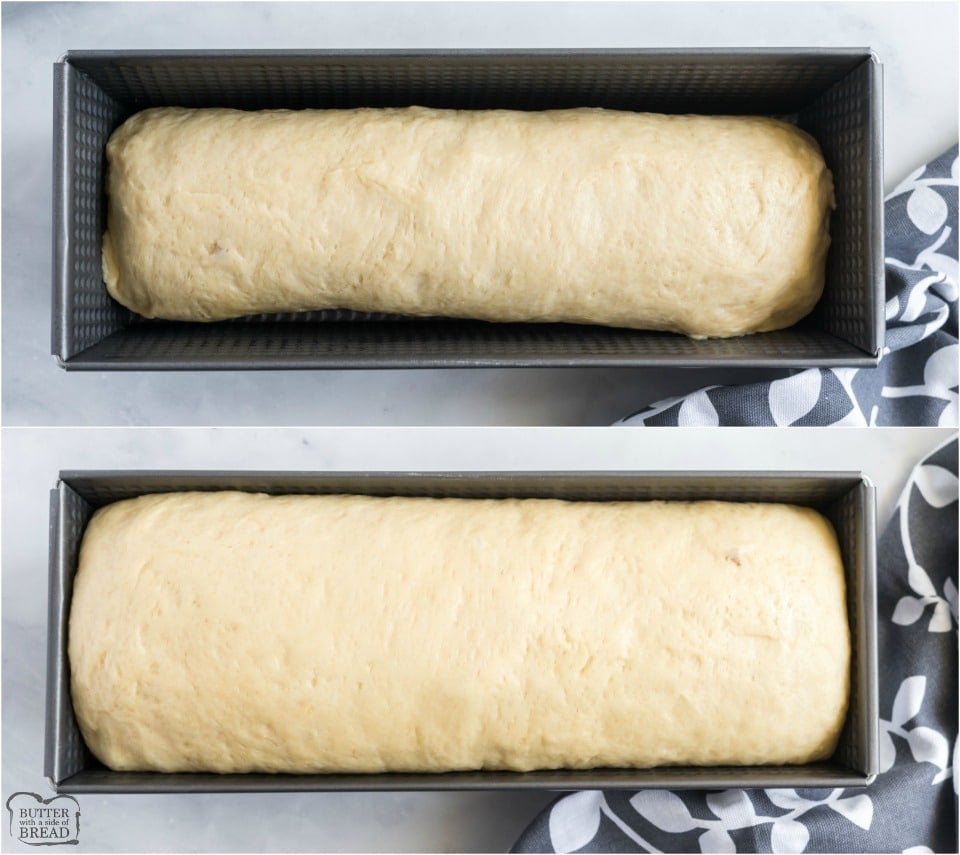
If the dough is still really sticking to the bottom, then add a tablespoon more flour. If it’s sticking a little bit, that’s fine, no need to add more flour. (Slightly sticky dough often yields soft & tender bread!)
Continue to let the machine knead the dough for about 5 more minutes; The dough should knead for about 8 to 10 minutes total.
Dump out the dough onto a lightly floured surface. Round the dough with your hands and place it into a lightly greased mixing bowl. Turn the dough over so the side with grease on it now faces up. Cover tightly with plastic wrap, and let it rise in the warm oven until doubled in size, about 1 to 1 1/2 hours. If the weather or house are warm you can let your bread rise on a counter. If not, set your oven to 170 degrees F and move an oven rack to the center position. Keep the oven on for 1-2 minutes, then TURN IT OFF! Then rise your bread in the oven.
Remove the dough from the oven and punch it down to make it deflate. Turn it out onto a lightly floured surface that’s large enough to roll it out.
Roll the dough into a long rectangle. It should be about as wide as the loaf pan you plan to bake it in. Carefully roll the dough from short end to short end, and pinch and fold the ends underneath along the seam. Place the dough, seam side down, in a lightly greased bread/loaf pan.
Place loaf into the warm oven to rise again for 45 minutes to 1 hour. You’re ready to bake it when the dough has risen about 1 inch above the top rim of the pan.
When the dough has risen up sufficiently, turn the oven on to 375 degrees. Bake the loaves on the middle rack for 25 to 35 minutes, or until internal temp reaches 190 degrees and crust is a deep golden brown. Remove it and let it cool for about 5 minutes, then transfer it to a wire cooling rack to cool completely. Brush the tops with butter.
Slice the bread and serve, or wrap tightly with plastic wrap and then tin foil to store in the freezer.
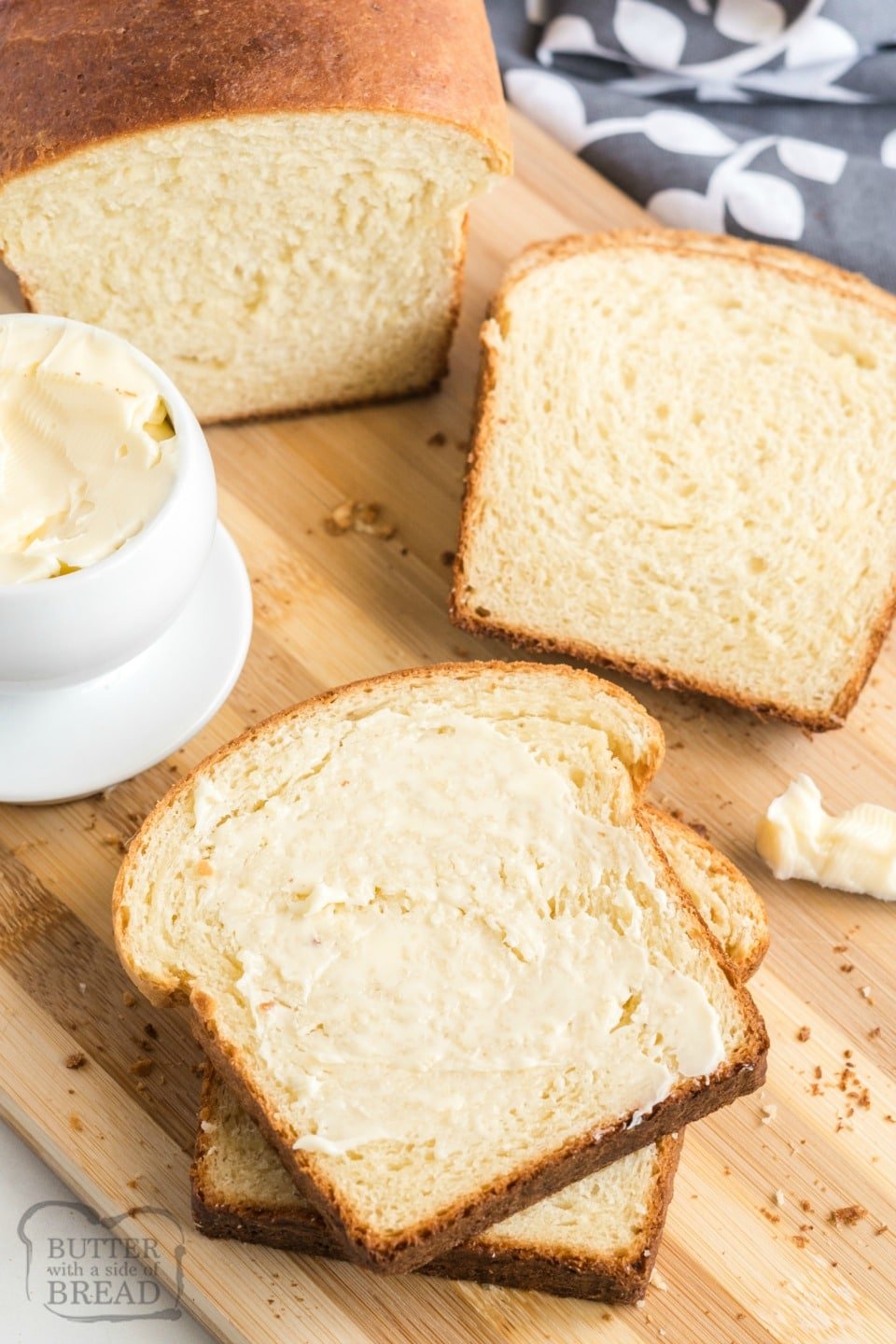
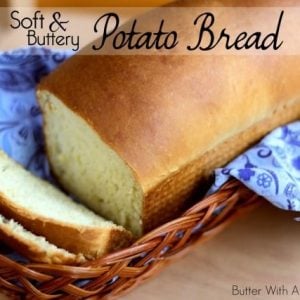
Mashed Potato Bread
Ingredients
- 1 cup mashed potatoes
- 2 eggs lightly beaten
- 1/2 cup salted butter softened
- 1 tsp salt
- 1/2 cup sugar
- 1/2 cup milk warm, heated to 110 degrees
- 1 TBSP active dry yeast
- 3 1/2 cups bread flour
Instructions
- In a medium sized bowl or a stand mixer, mix the mashed potatoes, eggs, salt and butter.
- In a separate bowl, combine the warm milk and 2 TBSP of the sugar. Stir until the sugar is dissolved. Add in the yeast and let it sit, to proof until the mixture begins to bubble up.
- Using the dough hook on your mixer, add in the remaining sugar, as well as the flour in 1 cup at a time, allowing the flour to be incorporated before adding more. If you live in a relatively humid area, you might need an additional 1/4 cup of flour. Knead for 3 minutes. If the dough is still really sticking to the bottom, then add a tablespoon more flour. If it’s sticking a little bit, that’s fine, no need to add more flour. (Slightly sticky dough often yields soft & tender bread!)
- Continue to let the machine kneed the dough for about 5 more minutes; The dough should knead for about 8 to 10 minutes total.
- Transfer the dough ball onto a lightly floured surface. Round the dough with your hands and place it in a lightly greased mixing bowl. Turn the dough over so the side with grease on it now faces up. Cover tightly with plastic wrap, and let it rise in the warm oven until doubled in size, about 1 to 1 1/2 hours. (See notes about rising dough in the oven!)
- Punch the dough down to deflate. Turn it out onto a lightly floured surface large enough to roll it out. Roll the dough balls into a long rectangle. It should be about as wide as the loaf pan you plan to bake it in. Carefully roll the dough from short end to short end, and pinch and fold the ends underneath along the seam. Place the dough, seam side down, in lightly greased bread/loaf pan.
- Let dough rise again for 45 minutes to 1 hour. You're ready to bake it when the dough has risen about 1 inch above the rim.
- Preheat the oven to 375 degrees F. Bake the loaf on the middle rack for 25 to 35 minutes, or until internal temp reaches 200 degrees F and crust is a deep golden brown. Remove and let cool for about 5 minutes, then transfer out onto a wire rack to cool completely. Brush with butter.
- Slice and serve, or wrap tightly with plastic wrap and then tin foil to store in the freezer.
Video
Notes
Nutrition
📫 Save this recipe! Send it to your email! 📩
I consent to receiving emails from this site.
Can Potato Bread Be Frozen?
Yes! Potato bread does great when frozen. Let your bread cool completely and then wrap well in plastic wrap and transfer to an airtight container or gallon sized Ziploc bag. This will help to keep it fresh and safe from freezer burn for up to 3 months.
How Long Does Potato Bread Last?
When kept in an airtight container on the counter at room temperature, you can expect your loaf of potato bread to last up to a week, or more.
Potato Bread Recipe FAQ
Yes, potato bread makes incredibly delicious french toast! The natural sweetness of the bread just makes it taste so much better than regular french toast. It’s also a great way to use up leftover or stale potato bread!
This soft and buttery potato bread recipe does have gluten in it. The bread flour contains gluten, which helps the overall textures of the bread to turn out lighter and fluffier as a bread loaf should be.
We need both flour and mashed potatoes for this potato bread recipe, so it’s not a good idea to substitute one for the other.
Yes, potato bread often contains both butter and milk since it uses mashed potatoes.
Potato bread is a type of white bread that’s made with the addition of mashed potatoes. It has a great chewy texture and buttery flavor.
I use regular all purpose or bread flour to make potato bread with.
The added mashed potatoes gives potato bread a more yellow color after it’s baked. If you use Yukon gold mashed potatoes, the yellow color will be even more pronounced!
 Enjoy this bread recipe? Here are even more recipes for homemade bread to try:
Enjoy this bread recipe? Here are even more recipes for homemade bread to try:
- Homemade White Bread recipe
- Homemade Hawaiian Bread
- Honey Oat Bread recipe
- Cinnamon Raisin Bread
- Parmesan Garlic Dinner Rolls
- Fabulous French Bread
- Sweet Orange Dinner Rolls
- Homemade Hawaiian Bread
- Easy Homemade Cheesy Breadsticks
- Tomato Parmesan Flatbread
- Soft Cornmeal Dinner Rolls
- Honey Wheat Bread
- White Bread Recipe
Potato Bread made with mashed potatoes, butter, milk, flour, eggs, and yeast. Potato Bread recipe is a family favorite that’s easy to make & has a fantastic homestyle flavor!
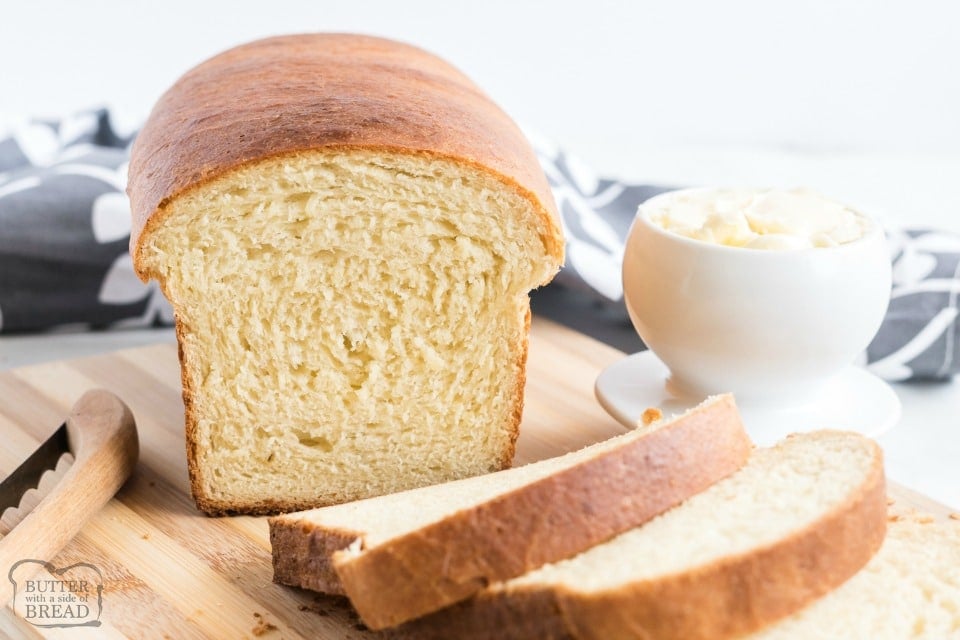
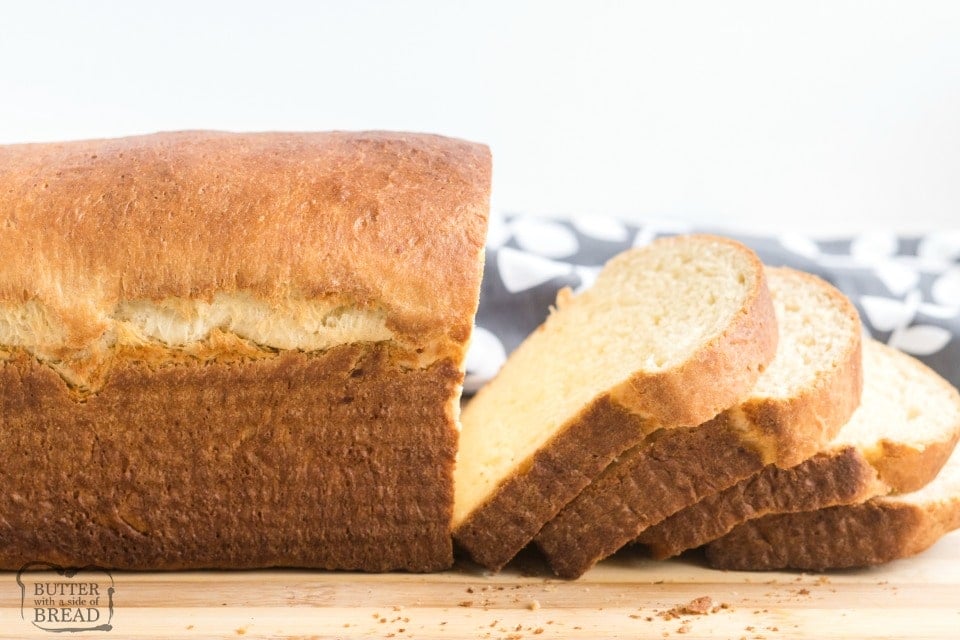
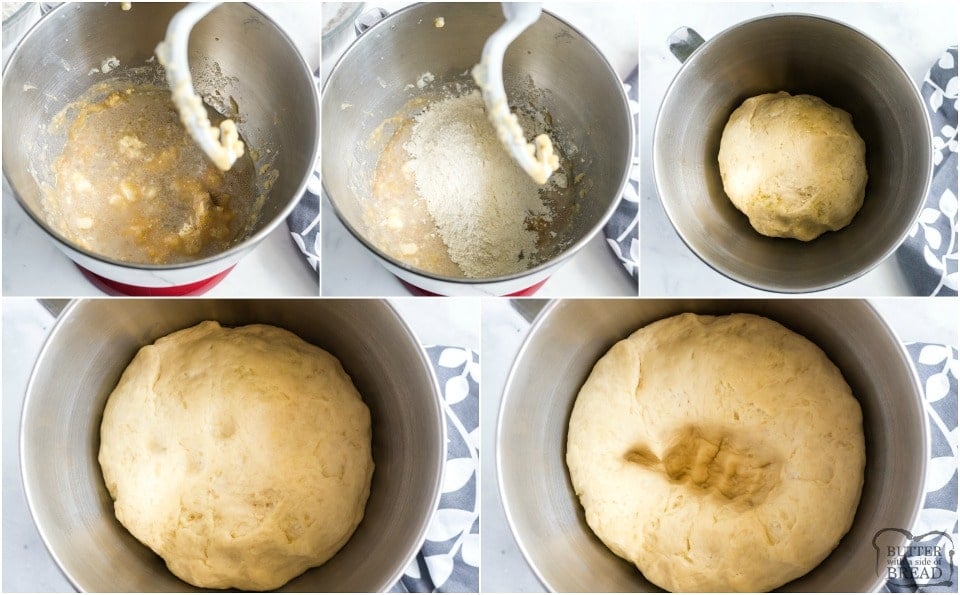
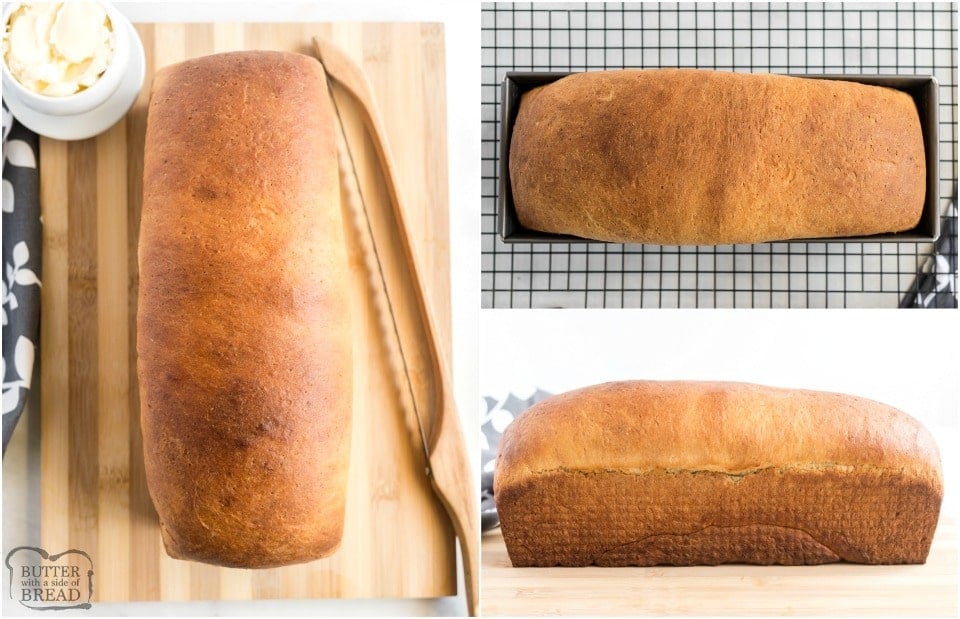
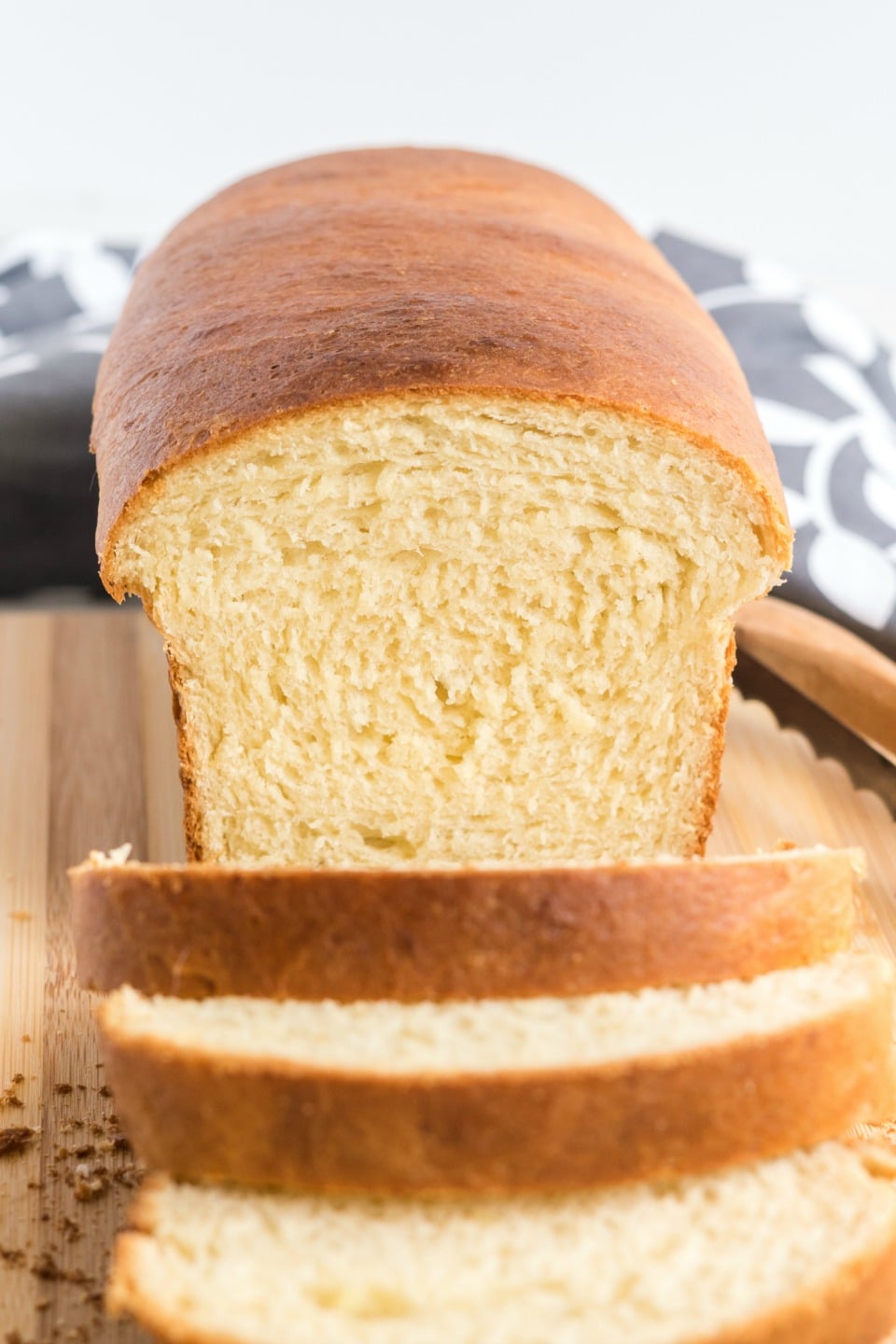
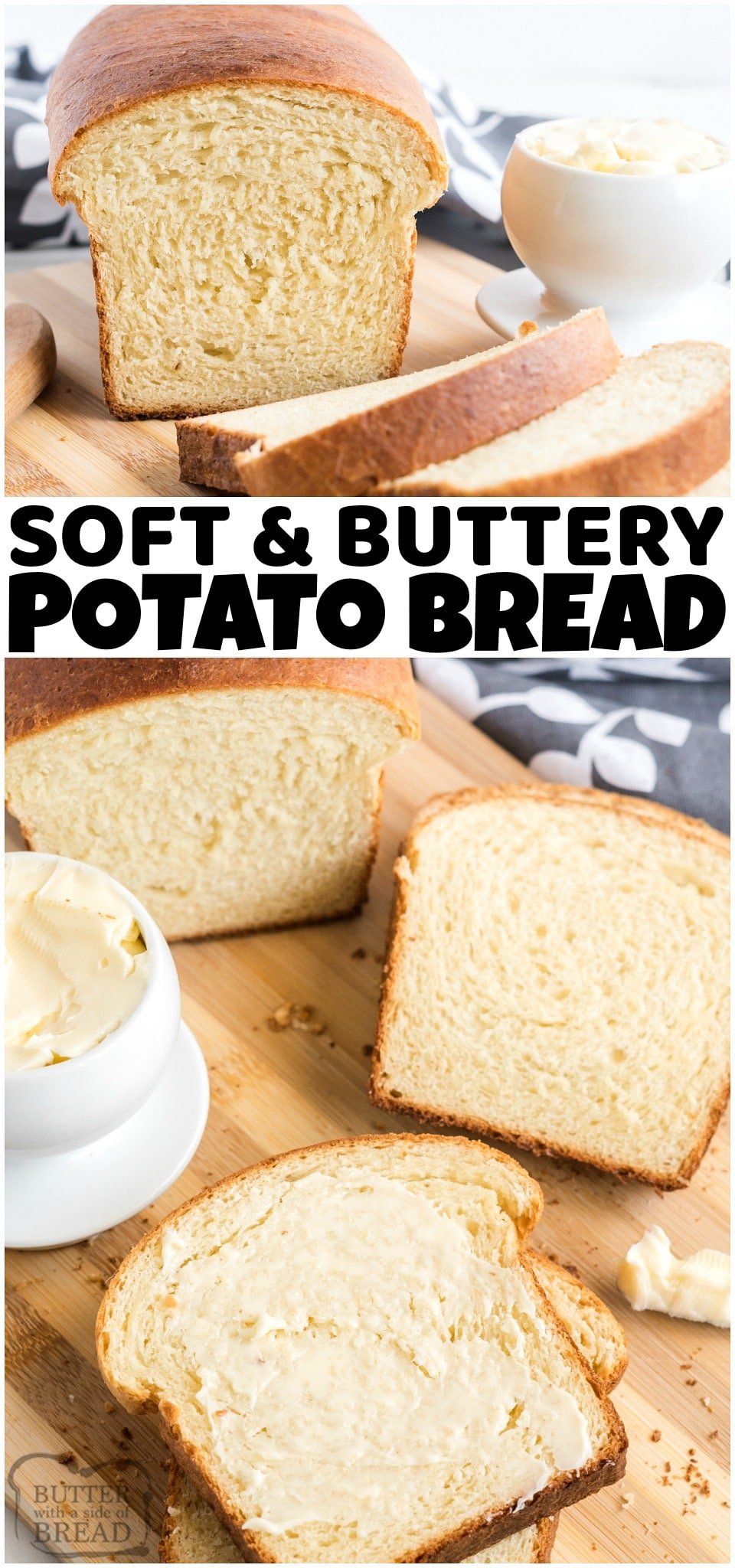

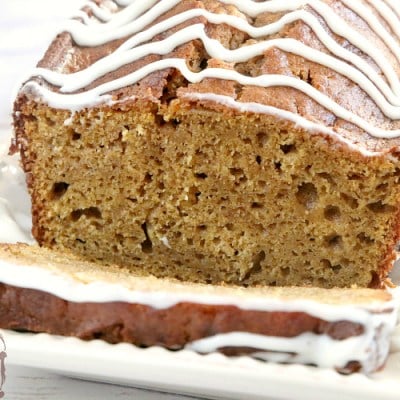

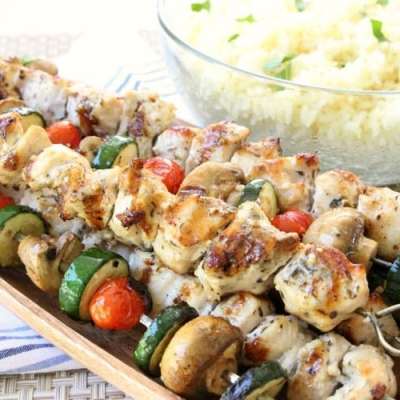
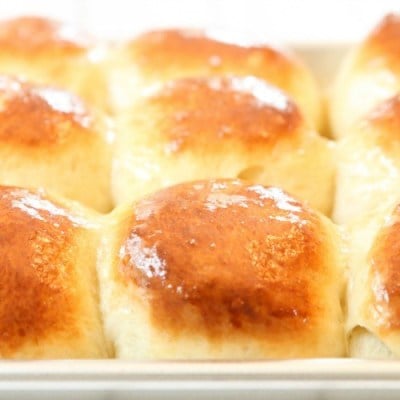


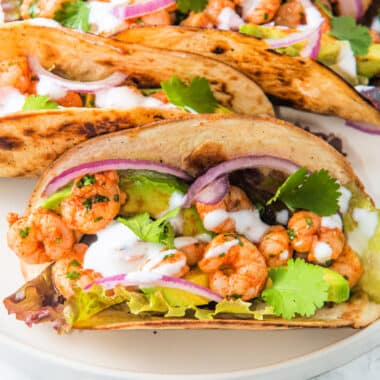

Adele says
I have just tried out this recipe and my dough is currently left to rise for 1 1/2 hours before i proceed with the next step. 🙂 The dough feels so soft and its so manageable.
Also, please clarify this step “Carefully roll the dough from short end to short end, and pinch and fold the ends underneath along the seam. Place the dough, seam side down, in lightly greased bread/loaf pan.”
How much should I roll it out ie how thick should it be – “Roll the dough balls into a long rectangle. It should be about as wide as the loaf pan you plan to bake it in.”
Jessica says
You’re just rolling the dough up so that the outside is smooth. 😉
Rachel says
I had several issues with this recipe, so I’m leaving a comment for those who may have the same issues. Because this recipe didn’t specify the loaf pan size anywhere, I assumed my 9×5″ bread pan was okay. It was not, the bread exploded while baking. I found this bread to be too enriched, tasting more like a sweet challah than a sandwich loaf. Also, too much sugar, butter, and eggs meant that it browned way too quickly in the oven, in fact it was nearly burnt so I had to take it out even though the internal temperature was only 180F. So it was a disaster. For others attempting to make this recipe here is what I did the second time around (this time no explosions or burning): 3/4 cup mashed potatoes, 1 large egg, 5 Tbsp. salted butter, 3/4 tsp. salt, 1/4 cup sugar, 1/3 cup + 1.5 Tbsp. milk, 2 tsp. instant yeast (or 2 1/2 tsp. active dry yeast), and 2 1/2 to 2 2/3 cups bread flour. I also baked at 350 for 30 minutes and got a MUCH better result.
I can see that others liked this recipe but on it’s own it simply is too much dough for a standard loaf pan and the high enrichment and baking at 375 is likely to cause problems.
Jessica says
I’ve made this recipe countless times with a variety of loaf pans… never had an issue. This is the first time I’ve heard of someone having problems.
Kathy says
I had problems with this too. It was too big for a koaf pan. I put mine in a round casserole dish. Due to the volume of dough, I baked as stated, but the middle was uncooked. I had to split it and rebake it. The parts the were cooked, were delicious.
Jessica says
That’s so interesting; I’ve made this for years and have never had this issue!
The easiest and best way to avoid uncooked bread is to use a cooking thermometer to check the inside of the loaf. Fully cooked bread will register 200°F on a thermometer. My all-time favorite thermometer is the Thermapen. It’s super fast and incredibly durable. Another great cooking thermometer is the ThermoPop which is a more basic version that works just as well!
Hannah says
Excellent recipe! Turned out beautifully and I even used my food processor dough attachment to make the dough. I will definitely be using this recipe again and referring others.
Alison says
Thank you Hannah! I hope you continue to enjoy our recipes!
Aireen Calimbahin says
I made this today and it turned out super soft and delicious. The only changes I made are using unsalted butter instead of the salted one, almond milk instead of milk, and fast rising yeast. I gave the second loaf to my mom to try.
Jessica says
So glad you like it Aireen; it’s a favorite of mine too!
Mary Ann says
So far my dough is perfect. Rising as we speak. Slight confusing,is this recipe for one or two loaves. Thanks
Jessica says
This recipe is for 1 loaf.
Brenda says
I know you said you prefer glass, ceramic or iron pans and no dark ones (although I thought iron was dark?) Anyway, the photos show what look like my non-stick pans — at least the color is similar — and they are definitely not glass or ceramic. So question is — how do cooking times vary based on the pan used? Less with which, more with which?
Nicole says
Different pans cook at different rates and will affect the end results of pretty much any baked good, but especially bread. No one wants bread to come out of the oven burnt, dry or stale. Aluminum pans will heat up faster and give a darker and thicker crust while glass is much slower to heat up but once it is hot retains the heat for much longer for cooked edges and softer insides. Preferences may vary on which one you prefer but things in glass pans usually cook at a different time than the recipe card calls for.
Jessica says
Good recipe. Only issue was I couldn’t determine if I was making one loaf of bread or two loaves of bread.
Nicole says
This recipe is for 1 loaf.
LeeAnne says
I have made this twice so far. First time the middle was just too doughy and sort of separated from the top when I was removing from the pan. Then the second time, it was completely raw in the middle. Not sure if this recipe is intended to be split into two possibly?
Idk, just super sad because the top part was absolutely delicious. I might try and split it up and make rolls instead. Trial and error
Nicole says
This recipe makes one loaf but if you’re having issues with the baked result it could be any number of things. What type of bread pan are you using? Size, material, etc can all have a huge impact on the baketime and results.
Rebecca says
Best bread ever!
This was actually my first time making bread, I’ve found it daunting for some reason, this came out great. My family loved it & were impressed 😊
Now I want try all the recipes!
Nicole says
YAY! So Glad you liked this recipe!
Josh says
I have made this multiple times and it always turns out great. Very tasty!
Nicole says
glad to hear that you like it!
Marie says
I made this with a few user errors and it still tastes delicious. I was in a hurry and my butter wasn’t as softened as it should have been. Also, I should have read the recipe card through and I may have seen that the instructions that say “Add in the potato mixture to your proofed yeast.” are missing. I did a search for the word yeast to find out what I had missed and found that step in the text of your blog. It doesn’t look like anyone else missed it – or else they didn’t comment about it. 😉 I will try again fixing those two things and see if that helps. I’m sure it will. Thank you for sharing.
Dawn Moorcroft says
Great flavour. Very soft dough. Made into dinner rolls. Puffed out not up. Next time I’ll put a ball of dough in a muffin tin and see how they turn out